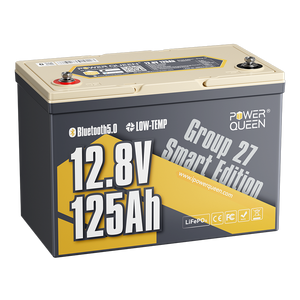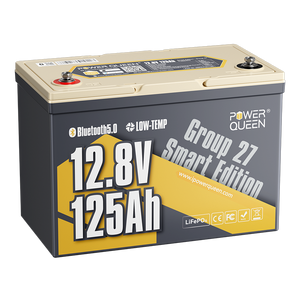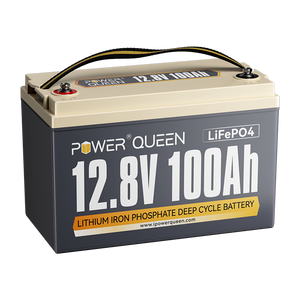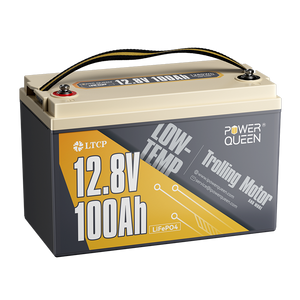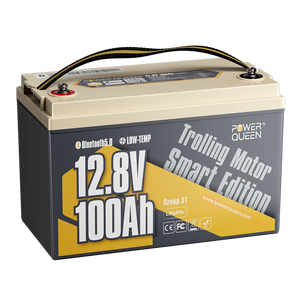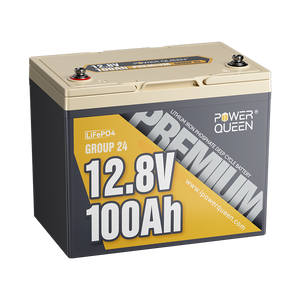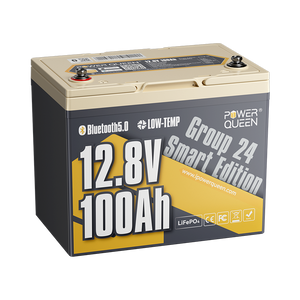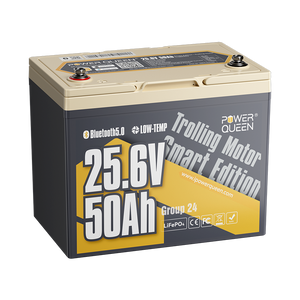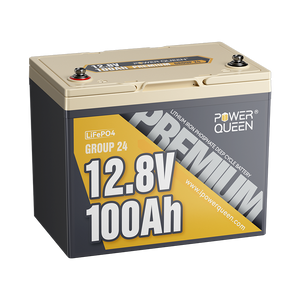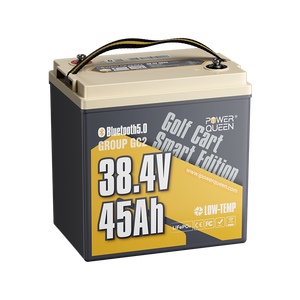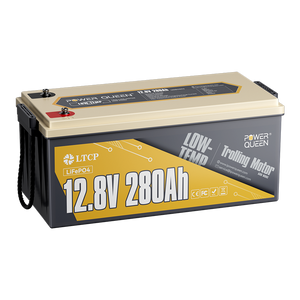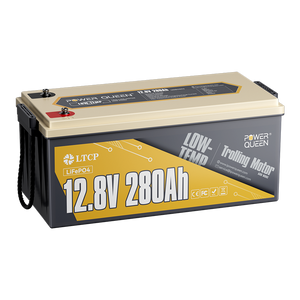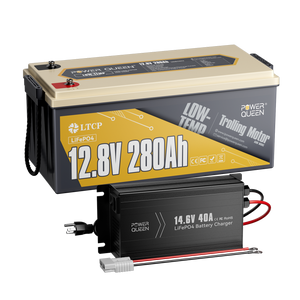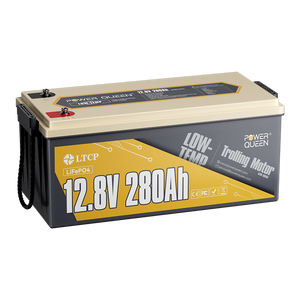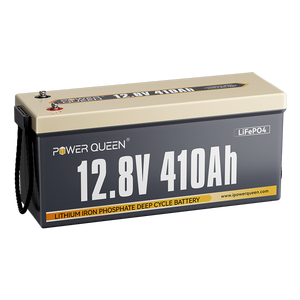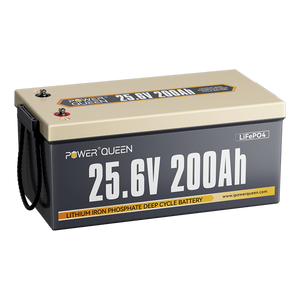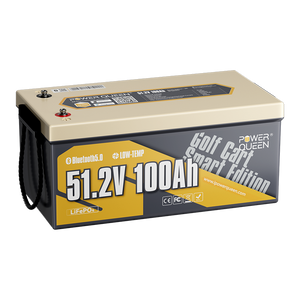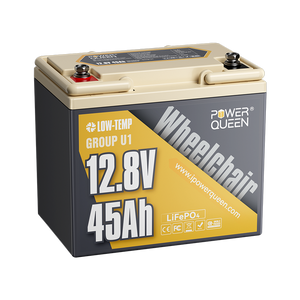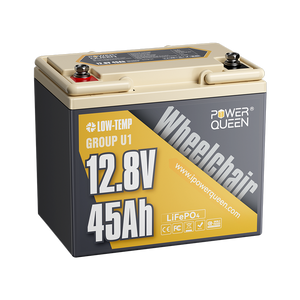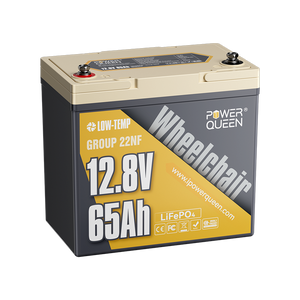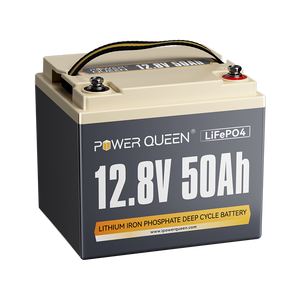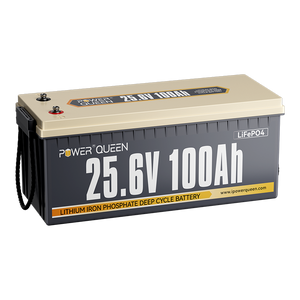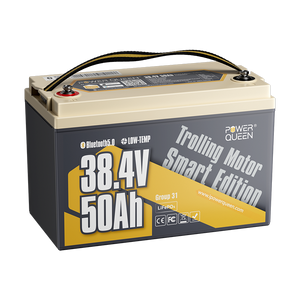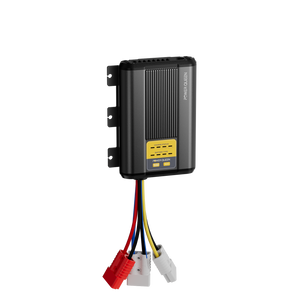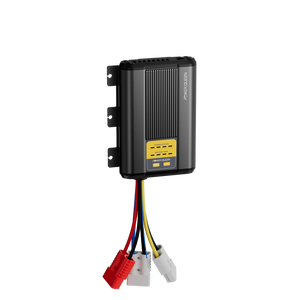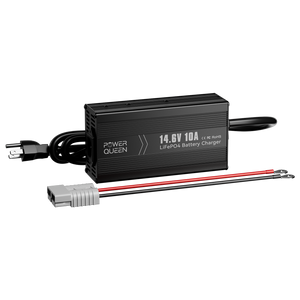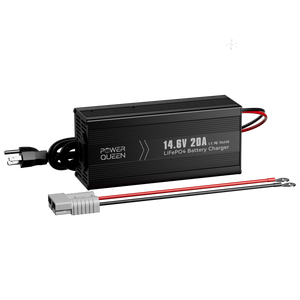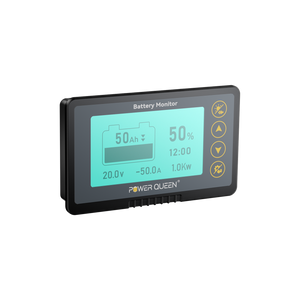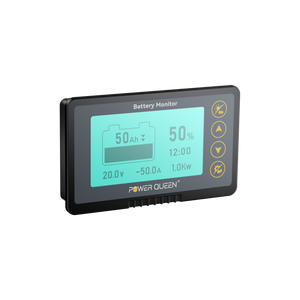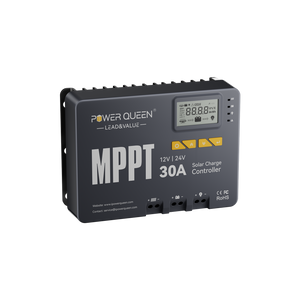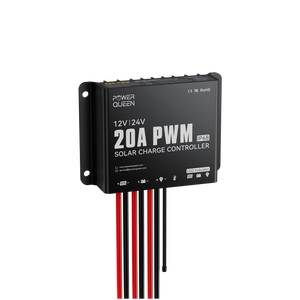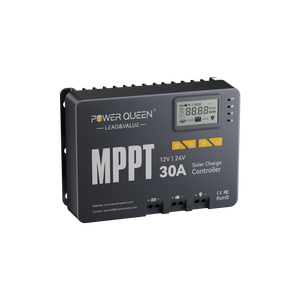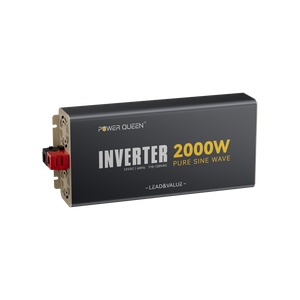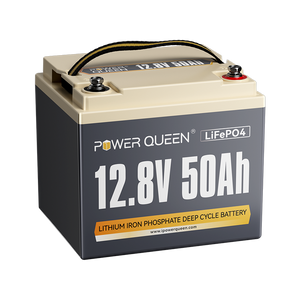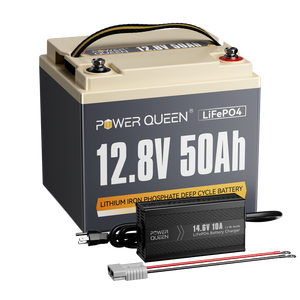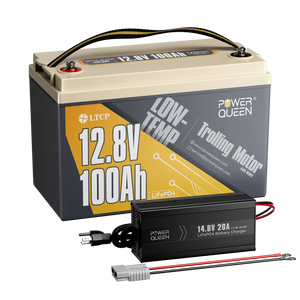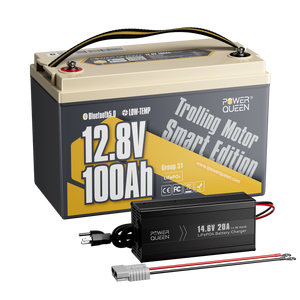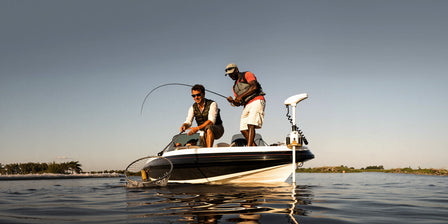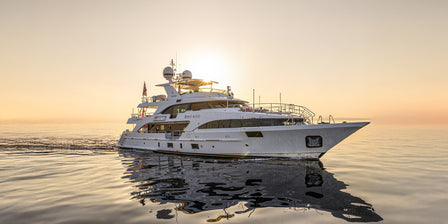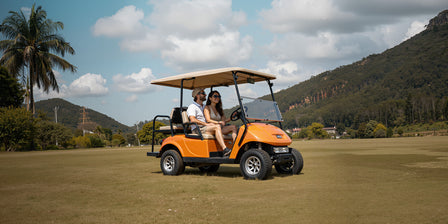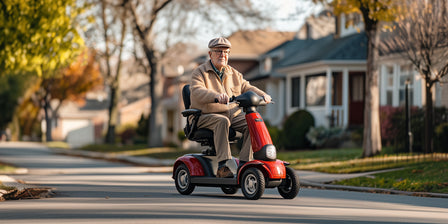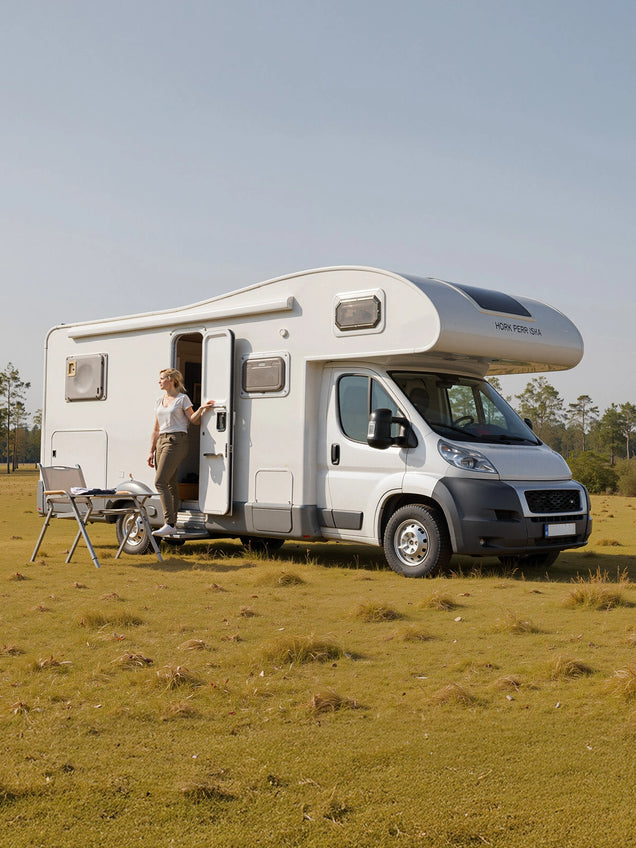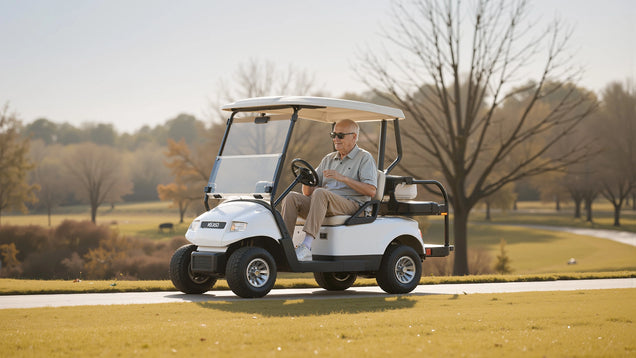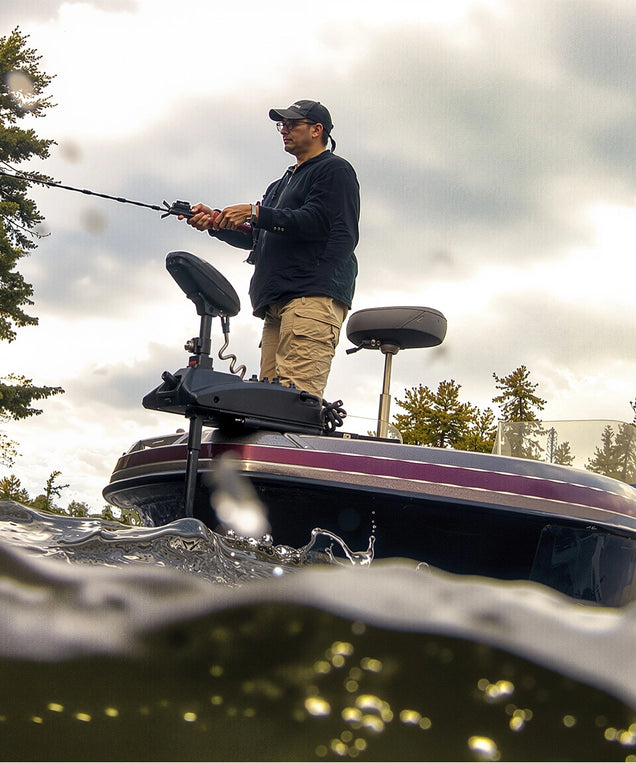How Long Will A 100ah Battery Run A Trolling Motor?
For boaters and fishermen who desire silent, effective movement on the water, trolling motors are indispensable. How long a battery will endure is one of the most often asked topics by users, particularly when utilizing a 100Ah battery.
In this tutorial, we'll dissect the main variables that affect battery runtime, provide a calculation example, and offer advice on how to extend the lifespan of your battery.
Table of Content
- Part 1. Understanding Trolling Motor Power and Battery Capacity
- Part 2. Factors That Affect Trolling Motor Battery Runtime
- 2.1 Motor Thrust Level (Pounds of Thrust)
- 2.2 Speed Settings
- 2.3 Boat Weight & Load
- 2.4 Water Conditions
- Part 3. Calculating the Runtime for a 100Ah Battery
- Part 4. Tips for Extending Your Trolling Motor’s Runtime
- Part 5. Advantages of Using a 100Ah LiFePO4 Battery for Trolling Motors
- Part 6. FAQs About Trolling Motor Batteries
Part 1. Understanding Trolling Motor Power and Battery Capacity
Understanding the ideas of battery capacity and motor power consumption is essential before we address the primary query.
1.1 Trolling Motor Power
The amount of push a trolling motor produces to move a boat through the water is indicated by its power. Higher values indicate greater power production, and this push is commonly expressed in pounds.
A trolling motor weighing 55 pounds, for instance, is capable of producing 55 pounds of force. Small to medium-sized boats, such kayaks or jon boats, can benefit from this power level since it offers sufficient propulsion in a range of water conditions.
1.2 Battery Capacity
Theoretically, a battery with a 100Ah (Amp-hour) rating may provide 100 amps of current for one hour or 1 amp of current for 100 hours. The motor's power demand determines the battery's actual runtime.
Battery capacity, which is particularly significant for trolling motors, is the total amount of energy that a battery can store. How long the motor can run before the battery needs to be recharged depends on its capacity. Higher numbers indicate a larger energy reserve. This parameter is commonly given in amp-hours (Ah).
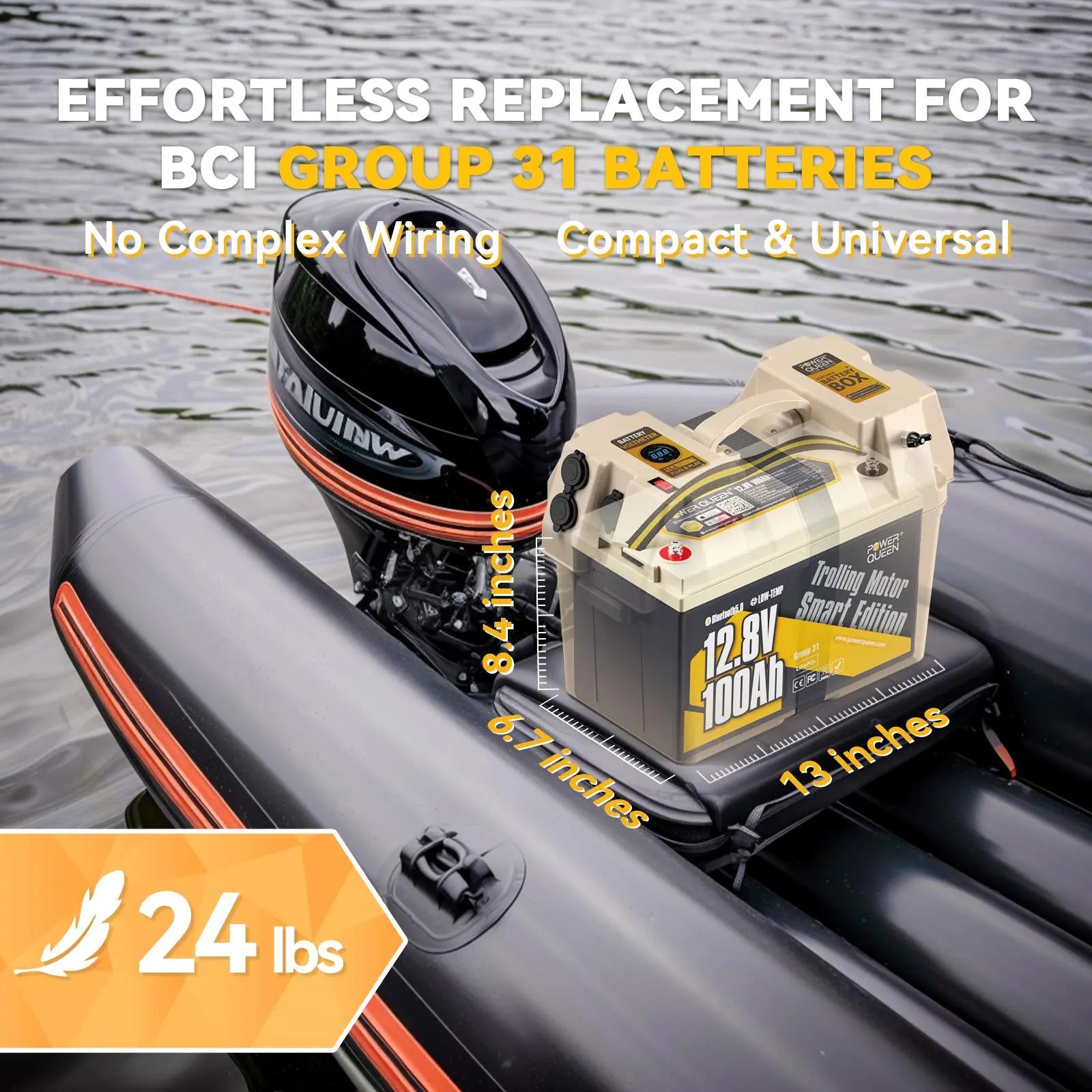
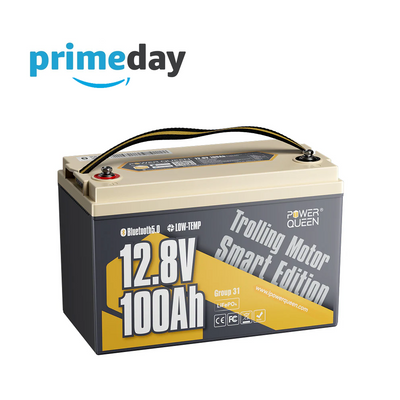

Part 2. Factors That Affect Trolling Motor Battery Runtime
The lifespan of a 100Ah battery when powering a trolling motor depends on a number of things. These consist of:
2.1 Motor Thrust Level (Pounds of Thrust)
The thrust levels of trolling motors vary, usually falling between 30 and 100 pounds. The motor needs more power as the thrust increases. Because a 30-lb thrust motor uses less power than a 55-lb thrust motor, a 100Ah battery may last longer with the former.
2.2 Speed Settings
Battery usage is also influenced by the trolling motor's operating speed. The battery drains more quickly at higher speed levels. Lowering the motor's speed could prolong runtime and assist preserve battery life.
2.3 Boat Weight & Load
The weight of your boat and any extra weight, such as passengers or equipment, have a direct impact on the amount of effort your motor takes to move the boat. The battery drains more quickly on a heavier boat because it needs more power from the trolling motor.
2.4 Water Conditions
Strong currents or waves in rough water make it more difficult for your trolling motor to keep up its pace, which uses more electricity. The battery lasts longer on calm waters since the motor requires less power.
Part 3. Calculating the Runtime for a 100Ah Battery
A straightforward formula can be used to determine how long a trolling motor will run on a 100Ah battery:
Battery Capacity (Ah) ÷ Motor Amp Draw = Runtime (hours)
In this case, the motor's amp draw is the amount of current it uses when operating, and the battery's capacity is expressed in amp-hours (Ah).
3.1 Example Calculation for a 100Ah Battery
Suppose that when your trolling motor is running, it draws 20 amps. This is how the computation would appear: 100Ah ÷ 20 amps = 5 hours
In this case, the trolling motor would run at this power level for almost five hours on a fully charged 100Ah battery. However, this can change depending on the previously mentioned variables, like boat weight and speed.
3.2 Trolling Motor Amp Draw Chart
Depending on the motor size and power level, your trolling motor may draw different amounts of current. An example amp draw chart for various trolling motor sizes is shown here:
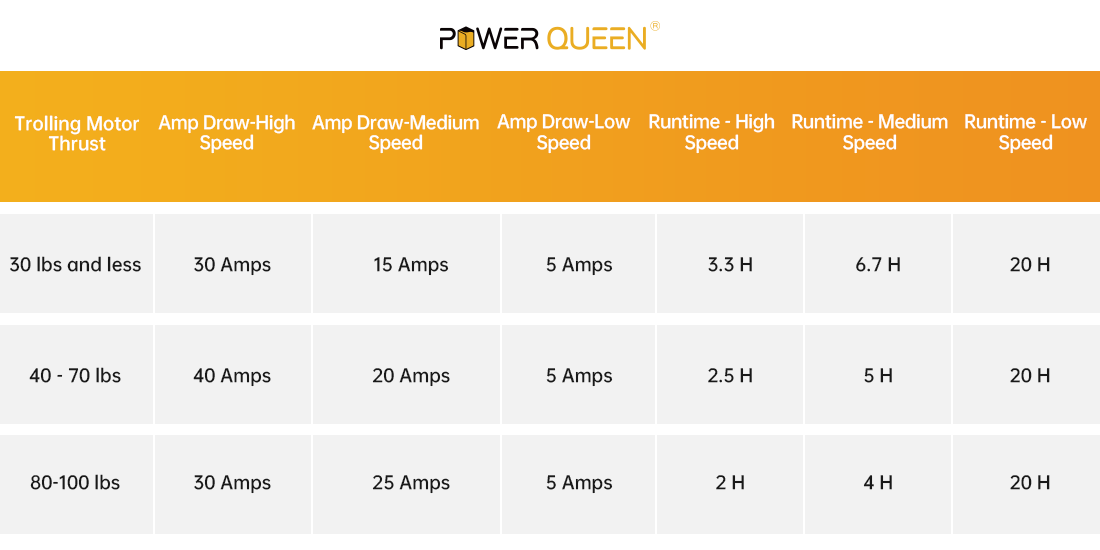
You can determine how long a 100Ah battery would last with each kind of trolling motor by using this chart. A 55-lb thrust motor drawing 30 to 55Amp is one example.
A 100Ah battery usually lasts about two hours when your trolling motor is running at maximum capacity.
It's important to understand, nevertheless, that the majority of customers do not constantly operate their trolling motors at full speed. For example, lowering the power to roughly 50% may result in the motor drawing only 20–25 amps, extending the battery life to about 4-5 hours.
- Full Speed: With a 100Ah battery, it can run for roughly 2 hours at full power.
- 50% Speed: You may extend the runtime to about 4-5 hours by halving the pace.
- 25% Speed: The battery may last 8-10 hours or even longer at lesser settings, such 25% throttle, where the motor may only consume 10-12 amps.
Part 4. Tips for Extending Your Trolling Motor’s Runtime
1. Efficient Motor Use
By operating the trolling motor at reduced speeds whenever feasible, you can prolong the life of your battery. Faster speeds use more energy, which causes the battery to deplete more quickly. Hold off on using high-speed settings until you absolutely need them.
2. Proper Battery Maintenance
Your battery's lifespan and runtime can be greatly increased with proper maintenance. Before you go out on the lake, make sure your battery is fully charged and don't let it run entirely flat. When not in use, keep your battery somewhere dry and cool.
3. Choosing the Right Battery
Your trolling motor's operating time may vary if you choose a high-quality battery. As we'll cover in the next part, lithium-ion batteries, like LiFePO4 (Lithium Iron Phosphate), provide superior performance and a longer lifespan than lead-acid batteries, which are the conventional option.
Related reading: Full Guide on Choosing A Lithium Battery For Trolling Motors--Why and How
Part 5. Advantages of Using a 100Ah LiFePO4 Battery for Trolling Motors
LiFePO4 (Lithium Iron Phosphate) batteries are becoming more and more popular among sailors and fishermen due to their many advantages:
- Longer Life Cycle: Power Queen lithium batteries have a 4,000-15,000 cycle lifespan, which is far longer than that of conventional lead-acid batteries.
- Lighter Weight: These batteries are substantially lighter, which lowers your boat's total weight and facilitates the motor's smooth operation.
- Deeper Discharges: You can use more of the battery's capacity without worrying about long-term damage because LiFePO4 batteries enable deeper depletion without producing damage.
- Faster Charging: Compared to lead-acid batteries, lithium batteries charge considerably more quickly, cutting down on downtime in between journeys.
Your trolling motor may operate more efficiently, have a longer runtime, and be more reliable if you switch to a 100Ah LiFePO4 battery.
Part 6. FAQs About Trolling Motor Batteries
1. How long will a 100Ah battery last on full speed?
Depending on the model, the majority of trolling motors will use more current when operating at full speed, usually between 30 and 40 amps. A 100Ah battery may survive 2.5 to 3.3 hours in this situation.
2. Can I use a smaller or larger battery for my trolling motor?
Yes, both larger and smaller batteries can be used. A larger battery will offer a longer runtime but may add weight, whereas a smaller battery may drastically cut runtime.
3. How do I know when to recharge my trolling motor battery?
You can use a battery monitor or a multimeter to test the battery and determine battery voltage. Modern lithium batteries come with Bluetooth capabilities that are simple to check on your phone.
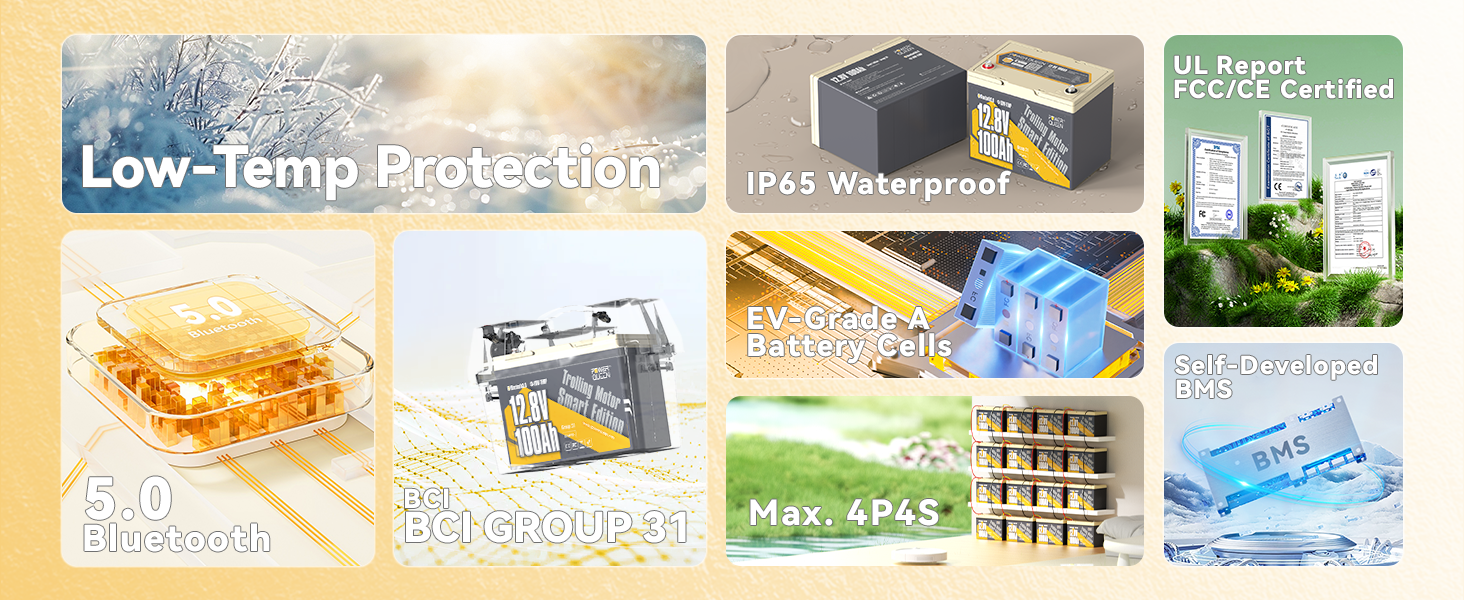
4. What’s the best way to store my battery during off-season?
Make sure your battery is fully charged before storing battery in a cool, dry location. To preserve optimum performance, lithium batteries in particular should be kept for extended periods of time at about 50% charge.
